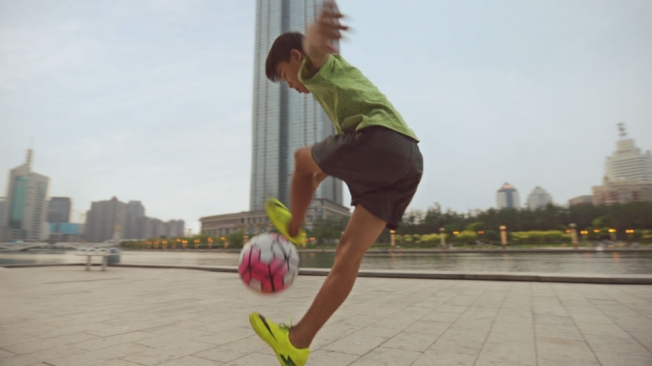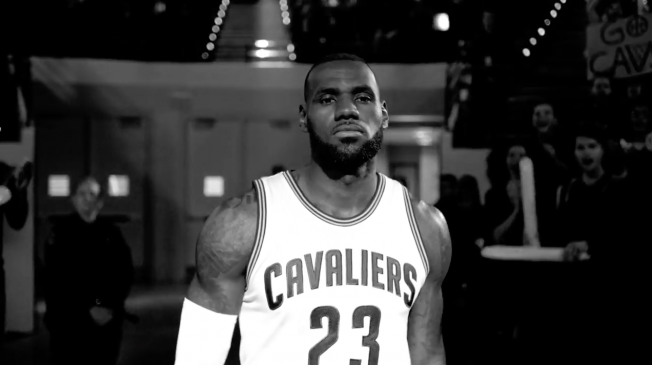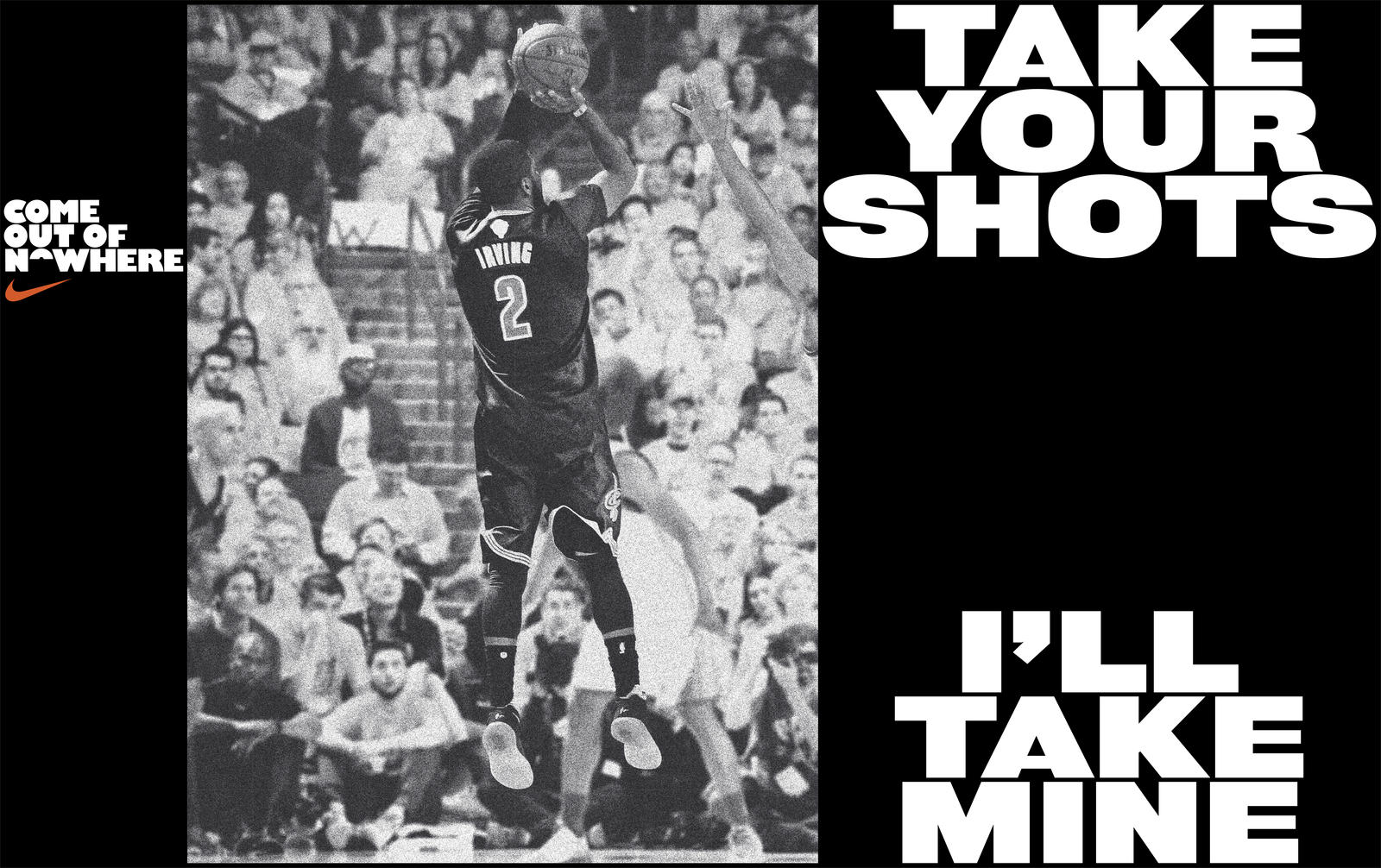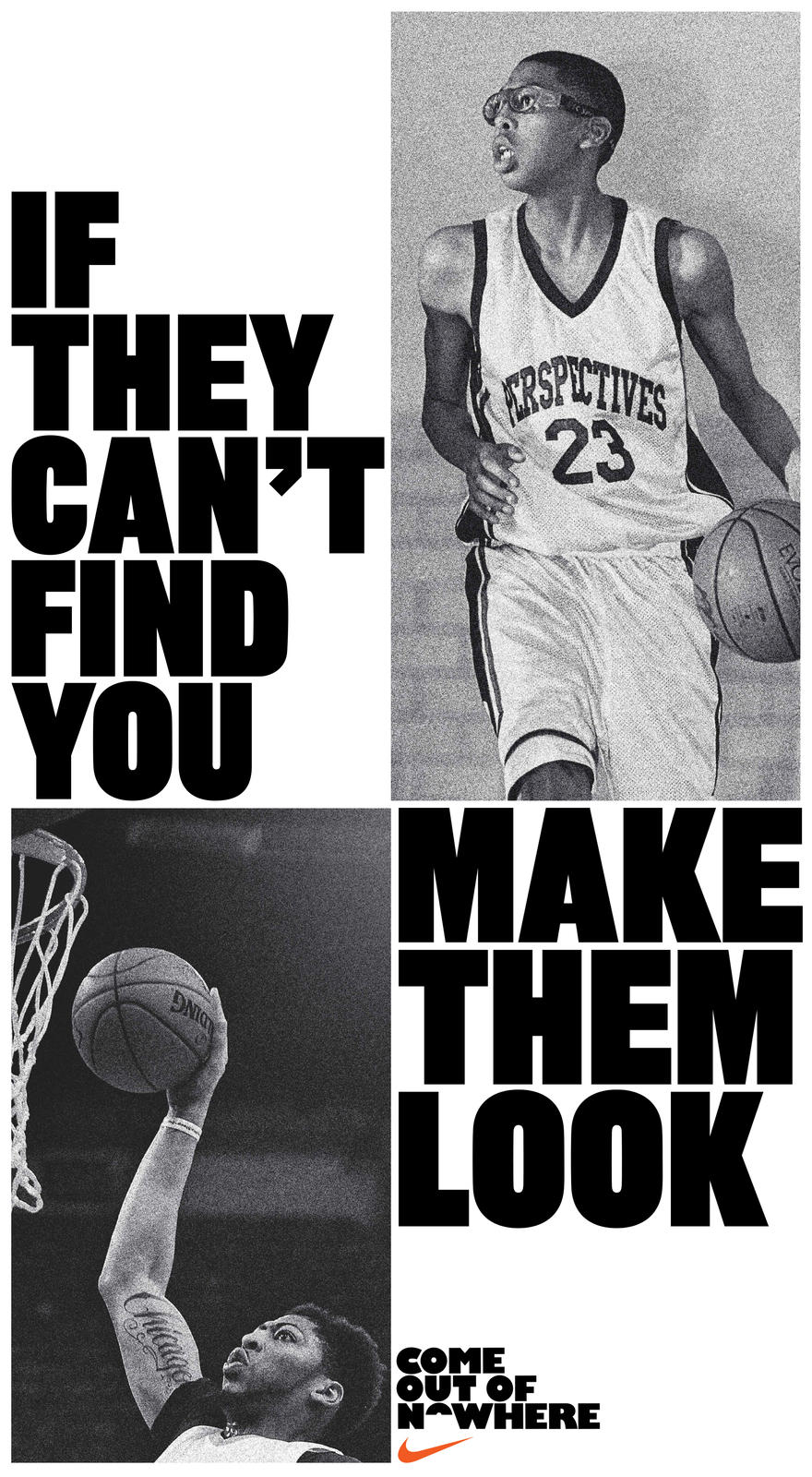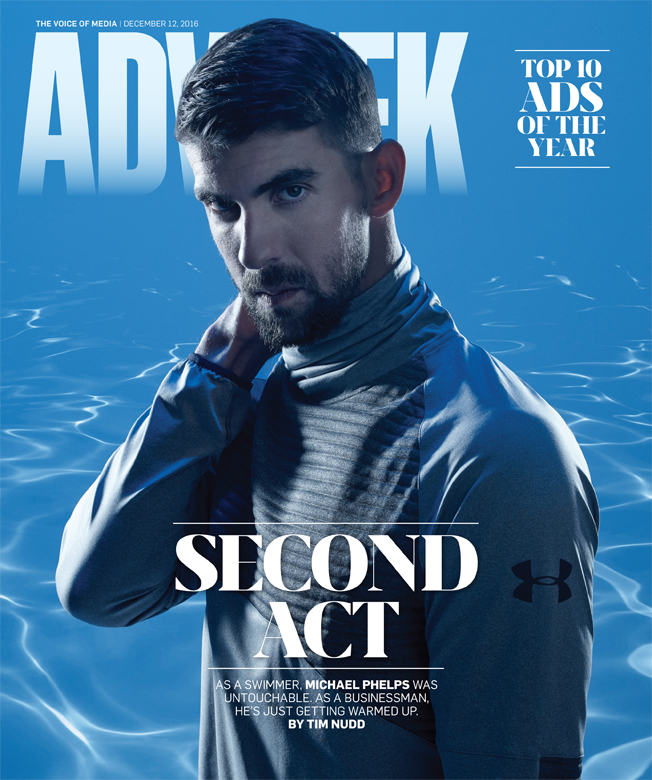
Nike's latest campaign, from Wieden + Kennedy in Portland, might be one of the brand's most inclusive yet. Featuring a variety of athletes from Chris Mosier, the first transgender athlete to make a U.S. men's national team, to Sister Madonna Buder, aka the "Iron Nun," the brand has released several films showcasing athleticism. Nike's chief marketing officer, Greg Hoffman, spoke with Adweek and provided a bit of context about the new work.
Adweek: Tell us about the new "Unlimited" campaign. What is Nike looking to accomplish?
Greg Hoffman: This creative process started over a year ago. We want to take athletes of all types, whether it's elite athletes or everyday athletes, regardless of skill level or age group, and help them reach their full potential. One of the insights that we drilled into is that there are a lot of perceived limits for athletes, and so we wanted to get to this place where athletes achieved an 'unlimited' mindset. What that means is that rather than focusing on all the limits you do have, you get to that place where you realize there are no limits. The very best athletes that you see, certainly the ones you see competing at the Olympics games today, really represent that.
Is that why you have been rolling this out around the Olympics?
Yeah, well there's a couple things: One is that we're always trying to close the distance between elite athletes and everyday athletes, and this is the perfect time for consumers of all types to draw incredible inspiration from, whether you see the incredible feats by the athletes during the Olympics.
At the same time, we provide as part of the of the "Unlimited" campaign, the same product innovations, also using the same inspirational stories of these athletes and provide that to consumers and not only have them witness some of the best performances that you see during the Olympics, but at the same time, achieve their best moments as athletes as well.
The other piece, why the "Unlimited" campaign has so many different dimensions—and there's great diversity in the stories we are telling—is to connect athletes and consumers all around the world and connect on a personal level with them. What makes the Olympics great is that you feel like you're part of something bigger, and with the "Unlimited" campaign, it's creating a community around that idea. I think that's the power within the community that allows you and motivates you to achieve your best as an athlete.
How did you decide who you were going to feature within the campaign?
There's a variety of different athletes and personalities within these films, and we really wanted to choose individuals where we were inspired by their journey and their story. And we wanted to share that with the world. Whether it's Chris Mosier's spot, or the "Unlimited Together" spot or "Unlimited You," which is an amazing array of [pro] athletes as well as everyday athletes, and of course "Unlimited Future," featuring all the babies and this incredible future they have—the spirit of that spot is that you can't decide where you start, but you will be able to determine where you go. We really want to make sure we were representing all countries and all sports and that consumers can see themselves within the story.
It also seems like a big deal for a brand like Nike to have that kind of representation.
Yes, and Chris Mosier was very involved with the spot. A lot of the words and the way it was shot and the authenticity of it, that was very much a partnership with him telling that story. It's powerful, and it does speak to that idea of that unifying power of sport. ... As a brand representing diversity and inclusion, it is extremely important to us.
Is there also an effort to subvert expectations? That's what the narrator, actor Oscar Isaac, seems to represent.
Yeah, that's the spirit that's the voice of the campaign, if you will. It kind of follows this journey where at first, the narrator is just simply trying to motivate and inspire these athletes. Then he becomes quite satisfied when he feels they reach the potential that he's determined. And then, when they begin to break through those barriers, through those limitations, that's where he starts to be overwhelmed. We love that kind of back and forth between the athletes and him.
Really, the narrator is in some ways that voice that all athletes have at certain periods of time where there's someone telling them they've gone far enough or they've jumped high enough and that they've achieved their best and that they should be satisfied. What we're saying as a brand is that you should strive to overcome those limitations and just push through them and you'll ultimately reach your full potential as an athlete. Everything we do starts with an insight. We try to get to a sharp point in terms of what are athletes feeling and how can we help. Ultimately, through film, we thought that was a powerful way to connect with athletes around the world.
How did you get Chance the Rapper to create a song for Nike?
We've always loved his lyrics and his music, and it seemed like a very natural fit in terms of his voice and the "Unlimited" campaign. There's a lot of room and dimensions in the world of "Unlimited," and that's why on the one hand, you have the narrator cheering on all these athletes in some of the other films, and then you also have room and opportunity to talk about the power of sport to unify through the USAB teams. And that's where Chance lends his voice. He's got incredible talent and passion, and he's been resonating with consumers around the world.
Is there anything else we should know?
Statistically, it is resonating—over 275 million digital views around the world when you look at these films altogether across multiple platforms. Ultimately, that's just the film side. This campaign is more than that. It's connected to our retail destinations throughout the world, and we're doing multiple event activations in Rio, Shanghai, London and New York as a way to personally connect with consumers. The other piece gets back to the products and services that are also connected to "Unlimited," the power of Nike Plus to help all consumers be the best athlete they can be and providing them with the best that they can get in innovation.
The spirit of the campaign will continue on past this moment we are in today. That doesn't necessarily mean more films. It means that we're going to continue to be with athletes as they continue to train in a variety of ways on a variety of levels.

